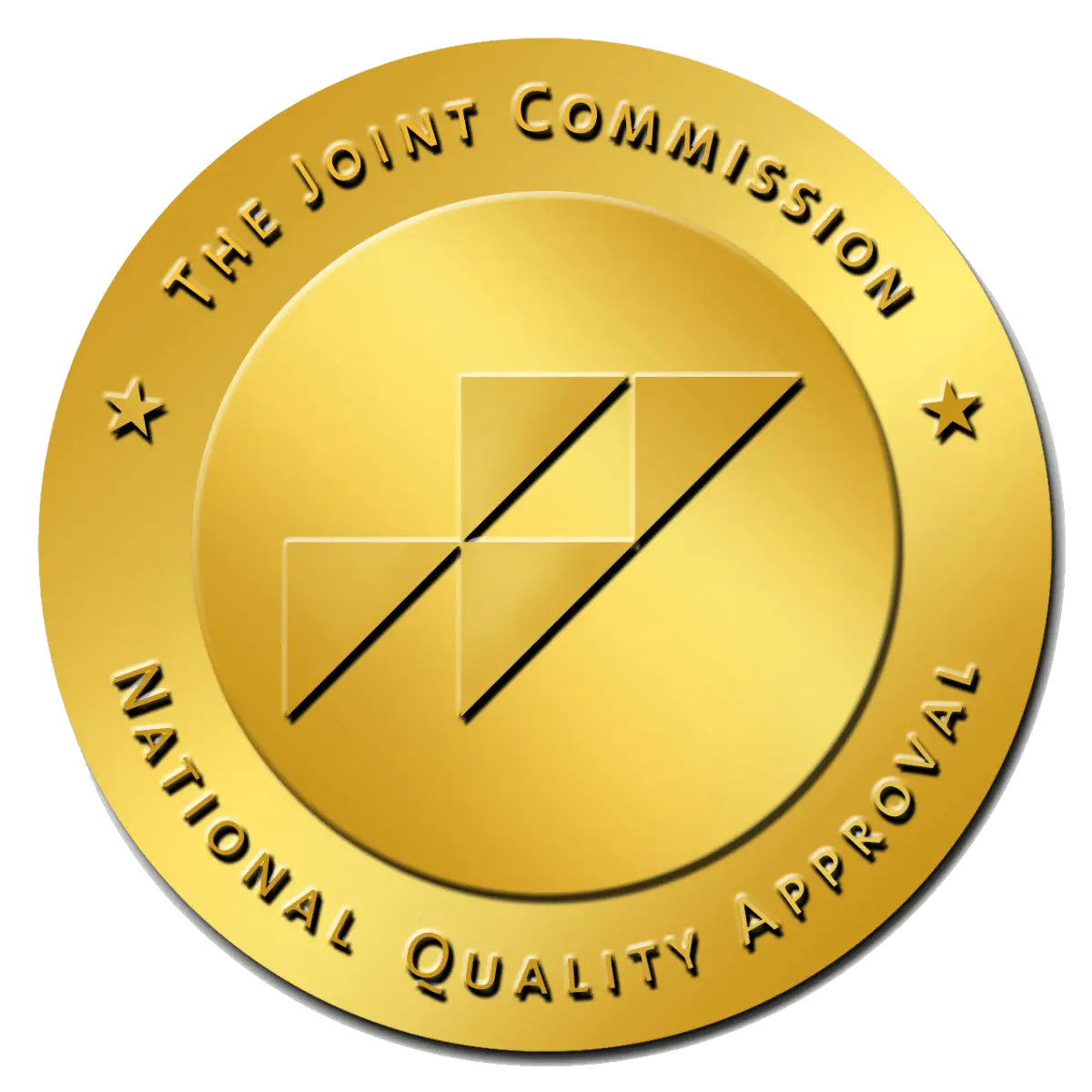Yes, tramadol is addictive despite being considered less potent than stronger opioids like oxycodone or morphine. While tramadol is often prescribed for moderate pain, it affects the brain similarly to other opioids, increasing the risk of misuse, especially when used in higher doses or for longer periods. According to the National Institutes of Health (NIH), tramadol can lead to both physical dependence and addiction, with misuse potentially resulting in withdrawal symptoms, tolerance, and compulsive use. In 2021, an estimated 2.5 million people aged 18 years or older in the U.S. had opioid use disorder. Still, only 22% of them received medications to treat it, highlighting the need for greater access to treatment for those struggling with addiction.
Recognizing the signs of tramadol addiction is crucial for preventing long-term health consequences. Common indicators include needing higher doses to achieve the same pain relief (tolerance), experiencing withdrawal symptoms when attempting to stop, and continuing to use the medication despite negative impacts on daily life. Seeking help early can prevent more severe problems, including the need for opioid addiction treatment and minimizing the long-term effects of opioids, such as organ damage and mental health disorders. Professional intervention, such as medically supervised detox and therapy, can provide the necessary support for individuals struggling with tramadol addiction.
What Is Tramadol and How Does It Work?
Tramadol is an opioid analgesic that works by binding to opioid receptors in the brain, altering how your body perceives pain. While it is considered a “weaker” opioid compared to drugs like morphine or oxycodone, tramadol still carries a significant risk of addiction due to its ability to activate the brain’s reward centers. This activation can create feelings of euphoria, and over time, individuals may begin to misuse the drug to recreate these sensations. According to the Substance Abuse and Mental Health Services Administration (SAMHSA), in 2021, approximately 9.2 million people misused prescription pain relievers, highlighting the widespread risk of addiction even for medications considered less potent.
It’s important to differentiate between dependence and addiction, although they are closely linked. Dependence occurs when the body becomes used to the drug, leading to withdrawal symptoms if the medication is abruptly discontinued. This can happen even when tramadol is used as prescribed. Addiction, on the other hand, goes beyond physical dependence and involves compulsive drug-seeking behavior, where the individual continues to use tramadol despite experiencing harmful consequences. Recognizing this distinction is crucial for understanding how tramadol misuse can progress into a more severe opioid use disorder.
Is Tramadol Addictive?
The short answer is yes—tramadol can be addictive, especially when misused. Even though it is classified as a Schedule IV drug, indicating it has a lower potential for abuse compared to more potent opioids, tramadol addiction is a real concern. Misuse of prescription opioids like tramadol contributed to the growing opioid crisis, with many individuals becoming addicted after starting with prescribed use.
Several factors can increase the risk of tramadol addiction, including:
- Prolonged use: The longer you use tramadol, the higher the chance of developing a tolerance, which can lead to dependence and addiction.
- Higher doses: Taking more tramadol than prescribed can intensify its effects and increase the likelihood of addiction.
- Personal or family history of substance abuse: Individuals with a background of addiction may be more prone to developing a dependence on tramadol.
Recognizing the Signs of Tramadol Addiction
Identifying the signs of tramadol addiction early on is critical to preventing more severe issues down the road. Many of the signs of addiction are similar to those of other opioids, as tramadol affects the brain in much the same way. Common signs of tramadol addiction include:
- Increased tolerance: More tramadol is needed to achieve the same pain-relieving or euphoric effects.
- Withdrawal symptoms: Experiencing physical and psychological withdrawal symptoms when attempting to stop using the drug, such as nausea, anxiety, depression, and irritability.
- Compulsive use: Taking tramadol more frequently or in higher doses than prescribed or continuing to use the drug despite its negative impact on your health, relationships, or work.
- Doctor shopping: Visiting multiple doctors to get additional tramadol prescriptions or obtaining the drug through illegal means.
- Neglecting responsibilities: Failing to fulfill obligations at work, home, or school due to preoccupation with tramadol use.
If you or someone you care about is exhibiting these signs, seeking professional help is essential. Ignoring the issue could lead to severe physical and psychological consequences, including the risk of overdose.
The Risks of Tramadol Misuse
Misusing tramadol can lead to several short-term and long-term effects, many of which are similar to those associated with other opioid medications. In the short term, tramadol misuse can cause drowsiness, dizziness, and impaired judgment, which may lead to accidents and injuries. More concerning, however, are the potential long-term effects of tramadol addiction.
The long-term effects of opioids, including tramadol, can be severe and include:
- Physical dependence: Long-term use of tramadol can lead to physical dependence, meaning the body cannot function normally without the drug.
- Increased risk of overdose: Over time, users may take higher doses to achieve the same effects, raising the risk of overdose, which can be fatal.
- Organ damage: Prolonged tramadol use can cause damage to vital organs, including the liver and kidneys.
- Mental health issues: Long-term tramadol misuse has been linked to increased anxiety, depression, and other mental health disorders.
- Respiratory issues: Opioids like tramadol can depress the central nervous system, leading to slowed breathing, which can be dangerous or even life-threatening.
The longer an individual misuses tramadol, the more severe these effects can become, underscoring the need for early intervention and treatment.
The Importance of Seeking Help
If you or someone you know is struggling with tramadol addiction, it’s crucial to seek help before the problem worsens. While tramadol addiction can be challenging to overcome, opioid addiction treatment programs are designed to help individuals break free from their dependence and regain control over their lives.
At Villa Oasis, we offer comprehensive opioid addiction treatment plans that include medically supervised detox, individualized therapy, and ongoing support to help clients achieve long-term recovery. Detoxing from tramadol can be physically and mentally taxing, especially if withdrawal symptoms are severe. Medically supervised detox ensures that individuals receive the care they need to manage withdrawal symptoms safely.
Treatment Options for Tramadol Addiction
Tramadol addiction treatment generally begins with detox, followed by therapy to address the underlying psychological factors that contribute to addiction. Some common approaches in opioid addiction treatment include:
- Medication-assisted treatment (MAT): MAT involves using medications such as buprenorphine or methadone to ease withdrawal symptoms and reduce cravings. MAT can be especially beneficial for individuals recovering from tramadol addiction, as it provides a safer, controlled tapering off of the drug.
- Individual counseling: Therapy helps individuals understand the root causes of their addiction, such as trauma, mental health disorders, or stress. Cognitive-behavioral therapy (CBT) is often used to help individuals develop healthier thought patterns and coping strategies.
- Group therapy: Group sessions offer individuals the opportunity to connect with others who are facing similar challenges. Peer support can provide a sense of community and accountability during recovery.
- Holistic approaches: Complementary therapies such as yoga, mindfulness, and art therapy can help individuals manage stress and promote overall well-being during recovery.
At Villa Oasis, our opioid addiction treatment programs are tailored to meet the specific needs of each individual, ensuring the best possible outcomes. Whether you’re seeking help for yourself or a loved one, our compassionate team guides you through every step of recovery.
Preventing Tramadol Addiction
One of the most effective ways to prevent tramadol addiction is to follow your doctor’s instructions carefully when using the medication. If you are prescribed tramadol for pain, take the lowest effective dose for the shortest possible time. Never increase your dosage or frequency without consulting your doctor, and be aware of the risks associated with long-term use.
If you feel that you are becoming dependent on tramadol or are experiencing cravings, talk to your healthcare provider immediately. Early intervention can prevent the development of full-blown addiction and minimize the long-term effects of opioids on your health and well-being.
Tramadol may be less potent than some other opioids, but it still carries a significant risk of addiction. Recognizing the early signs of tramadol addiction is crucial for preventing long-term consequences and seeking appropriate treatment. If you or a loved one is struggling with tramadol misuse, don’t wait to get help. Contact Villa Oasis today to learn more about our opioid addiction treatment programs and take the first step toward a healthier, drug-free life. Our experienced team is dedicated to helping individuals overcome addiction and build a brighter future.




